Whether it’s traversing across long distances, urban exploration or hunting pagodas in the countryside, traveling around China is becoming much easier for foreigners. Many though are easily overwhelmed at the sheer amount of people taking daily public transport.
Those looking to rent a car may be surprised to know that China has strict regulations and laws against those who don’t have a legitimate Chinese driving license from China. Don’t be disgruntled though, as imagine your country’s traffic… now multiply that by 100.
The transportation in China includes public buses, underground metro systems and taxi services. Over long distances, expect the bullet train to get you there within hours. Clocking at an average of over 200 MPH, you’ll be wondering why you don’t have one of these bad boys back home.
In suburban areas around the city, most Chinese use the underground Metro system. These subway routes will take you just about anywhere in the city. Walking and bicycling is only recommended for shorter distances, not to mention upgrades are always being made to suit China’s exploding population.
To put that in perspective, over 10 million Beijingers use the subway daily to get to work, go sightseeing and meet friends in a country hosting some of the largest cities in the world.
But even if you aren’t the most season traveler, getting around China is easier than you would think.
Here is an in-depth guide on transportation in China:
1. Metro – Subway
Easily one of the most used transportation systems in China. China’s intricate subway system can be a little paralyzing for newbies unfamiliar using the European inspired system. It is also worth noting that only major cities will have a Metro system. Cities like Shanghai, Beijing and Guangzhou naturally host the largest. However, second tier cities are slowly building their lines too.
Being relatively affordable, knowing your destination beforehand will make sure you arrive at the correct location. Almost every address will have the district that corresponds to the nearest Metro Station. Otherwise, be sure to call and ask the address if possible.
When you first arrive at the metro station look for a ticket dispenser nearby. If you can’t read Chinese, tap the English button usually at the corner of the screen. Next, find the correct line that your stop is on and select quantity of tickets. The machine will then dispense the selected number of tokens represented by small coin tokens.
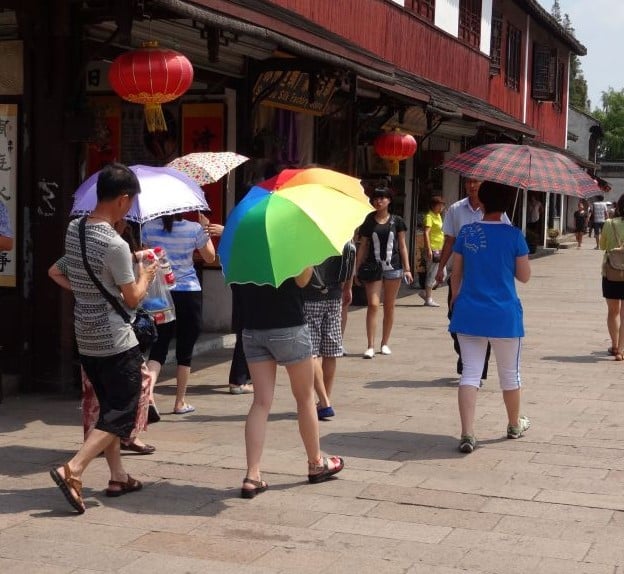
When in China – Do as the Chinese do
Make sure you note the correct terminus! This means knowing the line’s final stop at the end of the line. For example, the Metro will constantly mention the terminus stop on the way East and is obviously different than if you were heading West. If you do make the mistake, don’t worry, as boarding the opposite train is easy and already paid for.
Once you’ve made it inside the train, get comfortable but keep your bag within your vision as some cities can be notorious for pick pocketing starry-eyed foreigners. Note the metro stops on top of the automatic doors that can sometimes be lit up depending on the train.
The automated voices inside each train will even announce transfer stops if you must get on another line.
The subways trains themselves are usually clean, modern and host monitors showing either commercials, short safety videos or America’s funniest home videos… Yes the Chinese love watching America at her finest.
If you’re going to be in a city for a longer period. Consider purchasing a metro card. For example, in Hong Kong these are called Octopus cards. The Octopus Cards easily fit in your wallet, are efficient and allow you to may load up when you’re near a refill station. Moreover, you will save some money in the process and be surprised to learn that in some cities, the cards are a quick scan and go payment option.
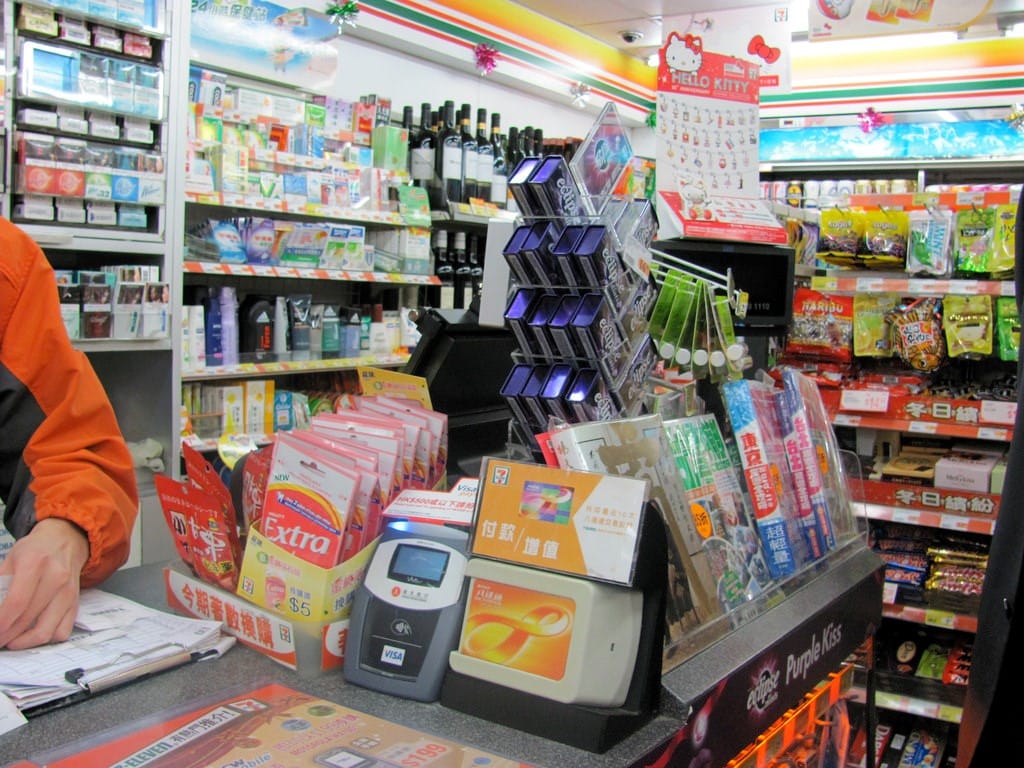
2.China’s Bullet Train
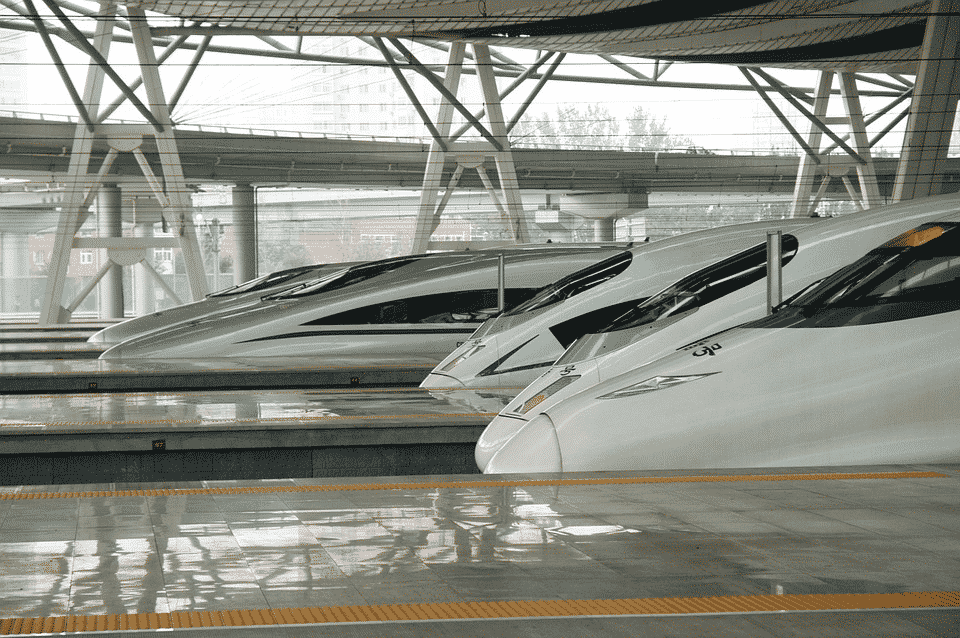
Something amazing happens when technology meets Chinese efficiency. China’s bullet train network run with some of the fastest and easiest ways to travel around the globe. The trains depart exactly when they’re meant to and notices, announcements and updates are easy to spot once you are at the main hub.
Coming in both business and economic classes, the trains feature super comfortable seating along with snack options that range from Pocky sticks to peas and dozens of different flavored chicken feet.
The time between destinations are also on the ticket and staff tend to be bilingual and used to helping foreigners get about. More information and bookings is found here
3. Public Buses
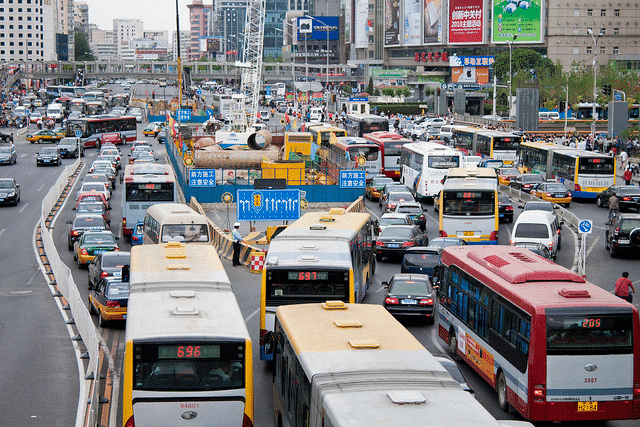
Oh the beauty of state funded transportation. Chinese public buses seem like something out of the early 20th century, yet these durable and often rickety vehicles are plenty. You’re more likely to see the “real” China on the buses that aren’t often advertised.
Bus schedules themselves are relatively tricky to figure out since there are so many of them running on whatever schedule and speed the driver decides. Additionally, the stops are all in Chinese characters as well as announced in Chinese too.
Your best bet for getting from A to B will be to do some research beforehand. Alternatively, you can have a Chinese person write the address for you when before your trip as every single bus driver I met did not speak a lick of English. If you’re a wiz on your phone, take a picture of the Chinese address and show the bus driver once you enter. The driver should acknowledge when you have arrived at your stop during the route.
In smaller towns and cities, Chinese buses get a very interesting rap due to the range of things you can see during an average ride. Dozens of students, grandmas, entire families, drunks, live chicken and ducks are often sharing the same aisle.
However, the most awesome thing about China’s public buses is the price. Not only do the same buses seem to appear at the same stop 5 minutes apart from each other, but the total cost for a bus ride is
2 RMB (.37¢ CDN)
Cheap, interesting and authentic, what are you waiting for? Wave that bus down and jump in!
4. Long Distance buses/ Sleeper Buses
Say you’re wanting to get to a neighboring city but you didn’t book a bullet and there aren’t public buses going that distance.
Enter long distance buses.
These special buses offer the ease of getting to your destination in comfort and style.
Not to be confused with the municipal buses, these long distance buses are spread throughout the country and share some similarities with the public bus system. For example, nearly all the long distance bus stops are in Chinese, so following what was mentioned about public buses will be invaluable.
But what if your journey is a 13 hour bus trip?
The distinct difference between the public and long distance buses is the interior. Imagine a Greyhound, but where instead of chairs side by side the sweaty and awkward, you have bunk beds with 2 aisles.
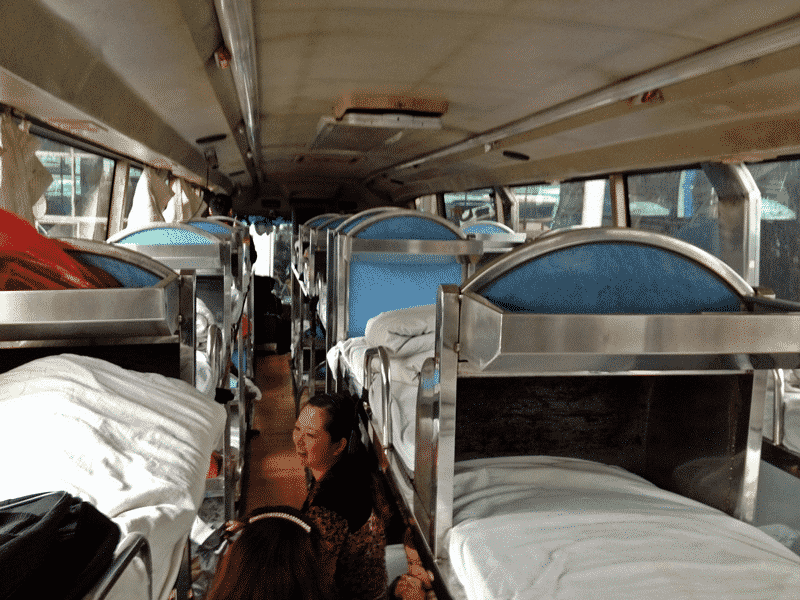
Some rides are a little bumpy so before you jump to the top bunk, consider eating less or moving the trash closer to your bed…
5. Taxis
Chinese Taxis can vary from quality and even vehicle Alternatives can include motorbike taxis, black cabs (private and often unmetered taxis) or even old school rickshaws.
Despite the differences, note that if your particular cab is not using a meter to count the owed amount than either try pointing at the machine or getting out. Some cabbies will take advantage tourists, so be sure to note how much the price range could be from a friend or watch the meter for sudden spikes.
However, most taxi drivers are awesome. They are extremely curious about other cultures and love to take foreigners around town while trying to practice some of their English the may have picked up from TV.
Taxis tend to be one of the more expensive ways to travel around the city but can also take you over town for a price.
6. Honorable mention: Didi Dache
Popularly known as Didi, this is China’s answer to Uber. The popular app is easily downloaded in both Chinese and English as of May 2017.
Once you have downloaded the app you integrate it to another Chinese application (WeChat) where it synchronizes with your bank account.
After that, it’s all smooth sailing.
Select the type of taxi you would like which only differs in the aesthetics of your ride. Next select a destination. Note that typing the destination in English can be a little buggy or unclear so make note and be aware.
Lastly, an available driver will text you the make of his car, plate number and where he is waiting for you. But please keep in mind that some things are always lost in translation, so speak as simply as possible if you’re using a translator to avoid over complicated wording and ambiguity.
7. Still looking for the genuine Chinese experience?
Being in China for nearly 5 years I have only ever experienced the slow trains once. The slow trains were basically the main mode of long distance travel before the introduction of the high-speed rails. The older trains are huge networks made up of old and often outdated trains and tracks.
Fewer foreigners have tried this experience first hand against the advice of friends. Although some towns are only accessible via slow train.
Those brave enough to embark on a journey on one of these antiques will find themselves surrounded by older, poorer and hardy Chinese. The sanitation can be appalling even by third world standards and don’t get me started on how crowded it is.
The chairs are set up in groups of four and are literally 90 degree angles facing a stranger in front of you with no recline at all.
Take at your own risk!





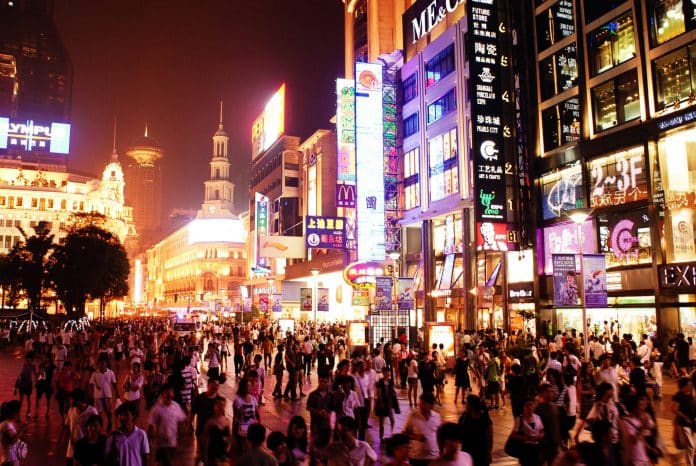










Congrats on all your achievements, thinking of you so often!!